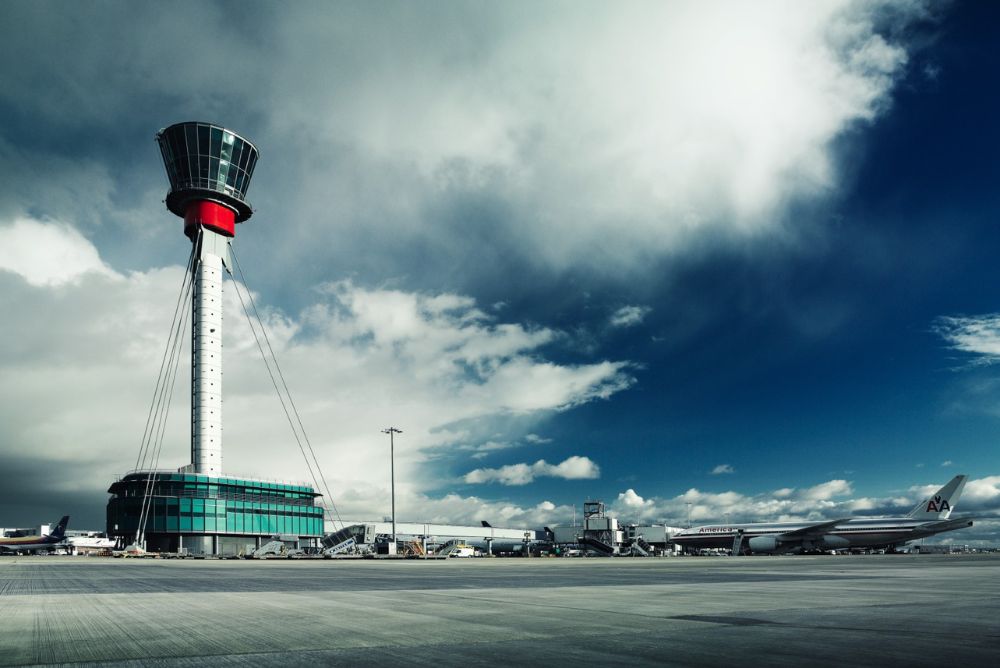ACI Europe: EU air traffic outpaces non-EU for first time in eight years
By Kevin Rozario |

EU airports, in October, showed higher growth than their non-EU counterparts for the first time since before the global financial crisis, according to data from ACI Europe, the European airport trade association.
In October, passenger numbers at Europe’s gateways grew by +5.5%, within which growth at EU airports was slightly better at +5.6%, year-on-year. Meanwhile, non-EU airports (including Iceland, Norway, Russia, Switzerland and Turkey), saw their growth dip to +5.1% over the same period.
The flip – which reverses a trend where non-EU airports had kept the European market buoyant for eight years – is largely the effect of an economic slowdown in Russia as well as a major currency devaluation.
Meanwhile, Turkey’s currency, the lira, while declining against the Euro in the longer term, has seen a spike against the Russian rouble in the second half of 2014 which has dampened Russian tourist traffic there. Both these markets have been driving European passenger growth in recent years.
 Olivier Jankovec (left), Director General of ACI Europe comments: “For the first time since 2006, EU airports have outpaced non-EU ones in terms of air traffic growth. Airports in Russia are experiencing a significant slowdown in passenger traffic against the background of increasing recessionary risks for the Russian economy – due to the impact of sanctions over the Ukraine crisis, structural problems and now falling energy prices.”
Olivier Jankovec (left), Director General of ACI Europe comments: “For the first time since 2006, EU airports have outpaced non-EU ones in terms of air traffic growth. Airports in Russia are experiencing a significant slowdown in passenger traffic against the background of increasing recessionary risks for the Russian economy – due to the impact of sanctions over the Ukraine crisis, structural problems and now falling energy prices.”
“In the other major non-EU aviation market of Turkey, airports are also experiencing slower growth in passenger traffic, with the notable exception of those airports serving Istanbul.
“Meanwhile, EU airports continue to experience dynamic increases in air traffic – in sharp contrast to anaemic economic growth in the Eurozone. The increase in passenger traffic is particularly impressive in Greece, Romania, Belgium, Ireland, Portugal and Lithuania.”
Jankovec adds: “At a time when Europe is desperate to boost growth and jobs, the dynamism of air traffic in the EU speaks volumes about the strategic relevance of aviation.”
TOP PERFORMERS
During October, airports with more than 25m passengers per year (Group 1), airports with 10-25m passengers (Group 2), airports with 5-10m passengers (Group 3) and airports with less than 5m passengers per year (Group 4) reported an average increase of +5.0%, +7.6%, +3.0% and +5.0% respectively.
The data (see below for country growth) come from 205 airports in total representing more than 88% of European air passenger traffic.
In October, the airports with the highest increases in passenger traffic (year-on-year) are as follows:
GROUP 1: Istanbul IST (+12.8%), Rome FCO (+10.4%), Barcelona (+8.0%), Madrid (+7.9%) and London LGW (+7.8%)
GROUP 2: Athens (+28.0%), Brussels BRU (+19.4%), London STN (+16.9%) Istanbul SAW (+15.7%) and Lisbon (+14.7%)
GROUP 3: Basel-Mulhouse-Freiburg (+16.6%), Bucharest OTP (+14.6%), Heraklion (+14.5%), Naples (+11.3%) and Ibiza (+10.4%)
GROUP 4: Maribor (+79.0%), Mikonos (+51.5%), Santorini/Thira JTR (+42.3%), Belgrade (+38.1%) and Ostrava (+30.5%).

JEDCO launches multi-category tenders at KAIA T1
Jeddah Airports Company (JEDCO KSA) has issued a request for proposals for several...
Alcohol insights: Conversion up, spend down in Q4
Conversion of visitors in the alcohol category in duty free has risen to 54% in Q4 2023,...
Heinemann Asia Pacific makes breakthrough in New Zealand at AKL
Heinemann Asia Pacific is set to enter the New Zealand market with three new retail concepts at...

In the Magazine
TRBusiness Magazine is free to access. Read the latest issue now.

 Trbusiness. The travel retail Trbusiness. The magazine for global retail and duty free professionals.
Trbusiness. The travel retail Trbusiness. The magazine for global retail and duty free professionals.




















